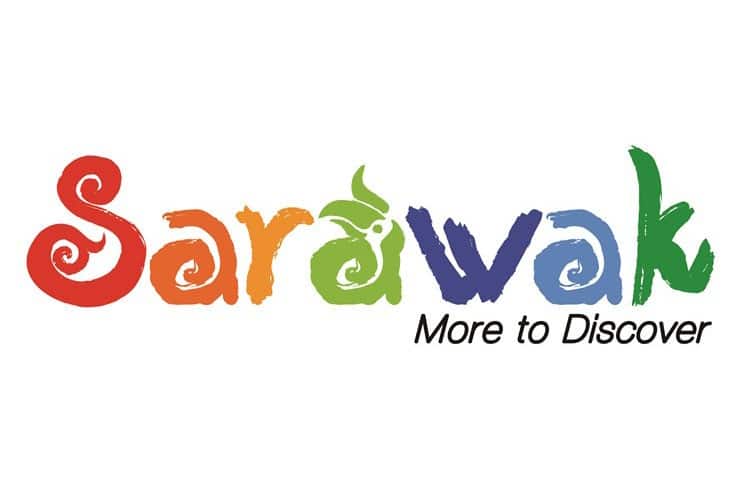Youth travel: New insights revealed
The World Youth Student and Education Travel Confederation (WYSE Travel Confederation) has completed its New Horizon’s III report which looks at why, how and where young people travel, as well as the growing requirements of the industry.
The research, which is the latest edition in a benchmark study first conducted in 2002 and later in 2007, is the largest and most comprehensive of its kind undertaken for the youth travel sector with over 34,000 young travellers from 137 countries taking part in the survey.
The report reveals the dramatically changing nature of the youth travel industry, which is becoming increasingly complex with a greater diversity of demographics and age categories now seeing themselves as youth travellers and consuming the products and services traditionally associated with the sector.
The report also sheds light on how motivations behind youth travel are evolving and shows a significant rise in the trend of cultural tourism.
Young travellers are putting more emphasis on gaining cultural, educational and work experience, as well as improving their education and work prospects rather than simply travelling to have a holiday.
David Chapman, Secretary General of WYSE Travel Confederation said: "The report reveals a wealth of invaluable information on how the youth travel industry is changing and what demands young travellers are now seeking from their trips abroad."
The report will be unveiled at The World Youth Student Travel Conference in Sydney on September 17.
To register for further information about the report or order a copy, contact [email protected]
10 Insights Revealed by New Horizons III
1. Student spending has increased by 40% since 2007 despite the global economic climate, with young travellers demanding ever more varied services.
2. More young people than ever before are travelling to gain work and cultural experiences, while those travelling purely for holidays has significantly fallen from over 75% in 2007 to just 47%.
3. The age demographic of people classing themselves as youth travellers has broadened, indicating that youth travel is a state of mind rather than an age bracket.
4. Young travellers are spending longer than before abroad, with the number of trips over 60 days having increased over the last five years ,
5. Youth travel is not all about budget accommodation and travel, with a significant rise in travellers identifying themselves as more up-scale ‘flashpackers’ .
6. Hostels have overtaken hotels as the most popular form of accommodation, reflecting how they are adapting to meet the demands of modern youth travellers and increasing the variety of services they offer.
7. The way young travellers communicate while abroad has changed greatly, with social media now the most popular way for young people to stay in touch with friends and family.
8. The places that young people are traveling to are changing. Youth travellers are spending less time in major gateway cities and are exploring more remote destinations than previously.
9. The way young people are travelling has changed with air travel experiencing the biggest growth from 16% to 26% of all trips.
10. Those surveyed identified crime as the main barrier to travel has sharply increased from14% in 2007 to 24%.
 United Kingdom
United Kingdom United States
United States Asia Pacific
Asia Pacific












































Dozens fall ill in P&O Cruises ship outbreak
Boy falls to death on cruise ship
Turkish Airlines flight in emergency landing after pilot dies
Unexpected wave rocks cruise ship
Woman dies after going overboard in English Channel